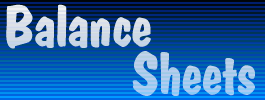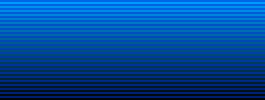|
The third section of the balance sheet is a bit like liabilities
- it represents money that does not really belong to the business.
The difference is that the capital section represents money
to which the owners of the business have a claim. It is not directly
owed to them in the same way that liabilities are owed to banks,
creditors, etc. It's a subtle difference.
Capital = Assets - Liabilities
In other words, once a business has paid all its debts,
anything left over belongs to the owners.
|

